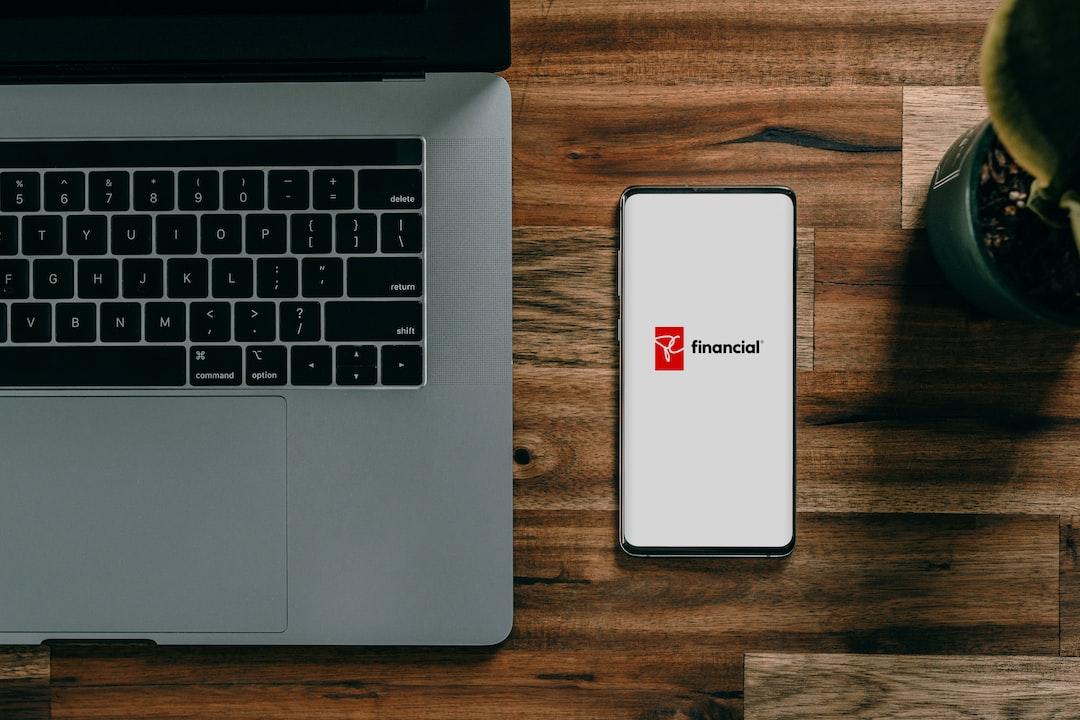Bitcoin exchange-traded funds (ETFs) focused on spot trading experienced a significant increase in trading volume in March, reaching a total of $111 billion. This surge in volume was nearly three times higher than the volume recorded in February, with Grayscale and BlackRock ETFs dominating the market.
According to data provided by Bloomberg ETF analyst Eric Balchunas, spot Bitcoin ETF trading volume rose to $111 billion in March, compared to the $42.2 billion recorded in February. It’s worth noting that February marked the first full month of trading for Bitcoin investment products, which made their market debut on January 11. Therefore, the strong performance in March indicates a growing interest in spot Bitcoin ETFs.
BlackRock’s IBIT ETF continues to be the dominant player in terms of trading volume, followed by Grayscale’s GBTC and Fidelity’s FBTC. Balchunas acknowledged this in a subsequent post, sharing a chart by fellow analyst James Seyffart that depicted IBIT’s increasing dominance as it surpassed GBTC in market share.
On April 1, data from Farside Investors showed that the cumulative spot Bitcoin ETFs experienced net outflows totaling $86 million. BlackRock’s IBIT ETF had inflows of $165.9 million, however, it was overshadowed by Grayscale’s $302.6 million in outflows. Fidelity’s FBTC recorded the second-highest inflows of $44 million on April 1, while ARK Invest 21Shares ETF ARKB saw its first outflows of $300,000 since trading began on January 11.
In terms of assets under management, BlackRock and Fidelity’s spot Bitcoin ETFs reached approximately $18 billion and $10 billion, respectively, last month, making them the most successful in terms of inflows. On the other hand, Grayscale’s GBTC has experienced over $15 billion in total outflows, with the $300 million outflows recorded on April 1 contributing to a 46% drop in assets under management to $22 million, according to data from Coinglass.
The introduction of spot Bitcoin ETFs has had a significant impact on the BTC markets, driving prices to new all-time highs in March. Market participants anticipate a new cycle that combines the success of these ETFs with the upcoming Bitcoin supply halving, which is now less than 20 days away.
It is important to note that this article does not provide investment advice or recommendations. All investment and trading decisions involve risk, and readers should conduct their own research before making any decisions.

